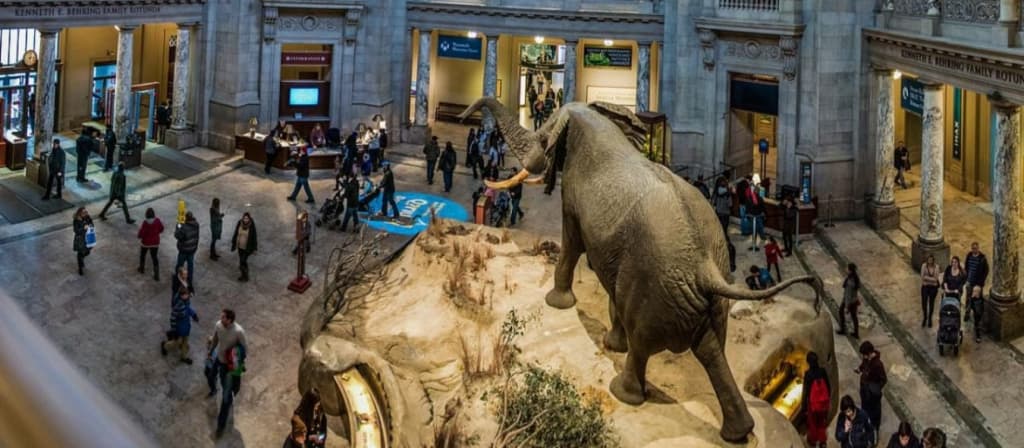Contemporary art is not just a new turn in the development of artistic thought, but a phenomenon capable of radically changing the viewer’s perception of what a museum should be. Traditionally, museums were associated with silence, classical paintings, and carefully organized exhibitions. However, in recent decades, there has been a shift in focus: traditional works are being replaced by installations, digital art, performances, and pieces that actively engage with space and the public. In the Czech Republic, as in many European countries, this process is particularly active, sparking debate, admiration, and confusion.
The Museum as a Space for Interaction
Contemporary art demands new formats from museums. While in classical galleries the visitor remained a passive observer, today their role has significantly expanded. They can interact with the art object, become involved in its creation or interpretation. Many Czech museums, including the DOX Centre for Contemporary Art in Prague, actively use multimedia technologies and experimental exhibition formats, allowing the viewer not just to observe, but to feel, hear, and move with the exhibition. This changes the very nature of the museum space—it becomes not a repository, but a living organism in which each visit is unique.
A Challenge to Traditional Canons
Contemporary art often goes beyond familiar aesthetic norms. Installations made from recycled materials, abstract forms, video art, or objects that evoke conflicting emotions in the viewer—such pieces can shock classical art enthusiasts. Critics speak of a “dilution of the concept of beauty,” while artists argue that beauty has long ceased to be the primary goal of art. In the Czech Republic, such discussions are especially intense, as the country has a rich cultural heritage, and the transition from traditional to contemporary is perceived as particularly abrupt.
But it is precisely in these contradictions that the importance of contemporary art is born: it provokes, raises questions, and makes people think. A museum that hosts such an exhibition thereby agrees to participate in the dialogue rather than merely display works.
Digital Technologies and Art
One of the most noticeable trends in recent years has been the integration of digital technologies into the museum environment. In the Czech Republic, projects using augmented reality, holograms, and interactive panels are actively developing. Contemporary art easily embraces these tools to expand the boundaries of perception: for example, you can find exhibitions where a visitor, using a smartphone, can “bring a painting to life” or hear the artist’s voice. These forms attract a younger audience and create the feeling that art no longer needs to be “understood”—it can simply be experienced as a personal moment.
This is especially relevant in the era of digital entertainment, where museums compete not only with movies and concerts, but also with online games, streaming platforms, and virtual amusements such as online casinos. Modern museums are thus compelled to offer a new level of engagement to retain public interest.
The Czech Republic as a Platform for Experimentation
The contemporary art scene in the Czech Republic is actively evolving. In addition to DOX, significant centers include the MeetFactory gallery, the Jindřich Chalupecký Society, and regional initiatives in Brno, Olomouc, and other cities. Young Czech artists participate in international biennials, and Czech museums increasingly invite foreign curators and organize international projects.
Interestingly, contemporary art is becoming not just a visual phenomenon, but a tool for expressing acute themes—from environmental issues to social conflicts. Many exhibitions in the Czech Republic focus on topics of identity, equality, and the impact of technology on humans. Such projects often receive wide media coverage and involve not only the art community but also the general public in the dialogue.
Conclusion
Contemporary art in museums is not a replacement for tradition but its continuation in a different form. It broadens the concept of beauty, gives voice to new creators, and allows museums to be more than spaces for display—they become arenas for thought, discussion, and even provocation. The Czech Republic, with its rich cultural history and openness to dialogue, is an ideal platform for this transformation. And while not every contemporary work immediately resonates, its value lies in prompting reflection and offering a new way to see the world. It invites audiences to reconsider not only what art is, but also what it can mean in the context of modern society.
